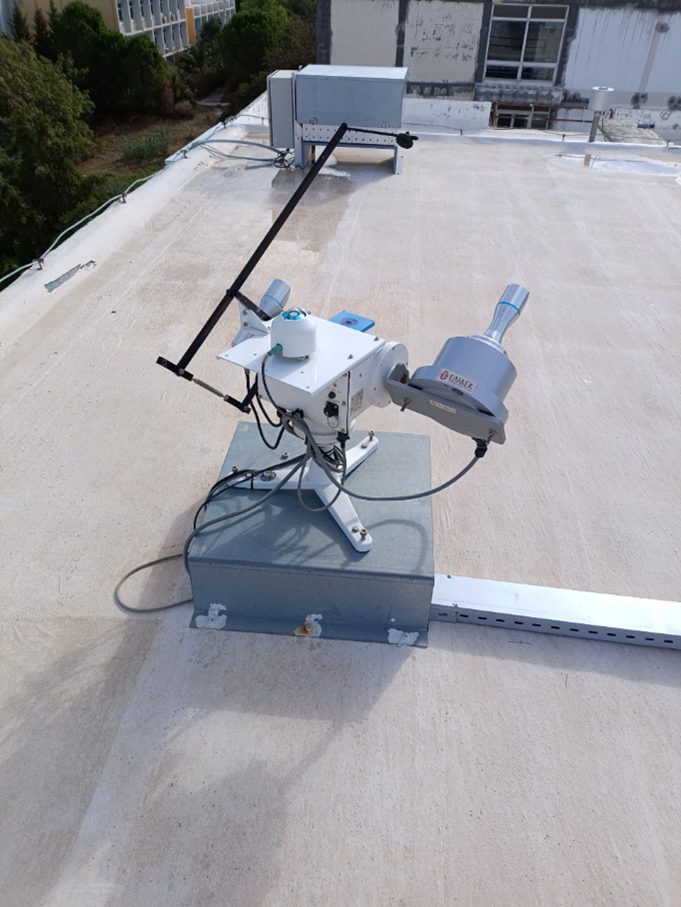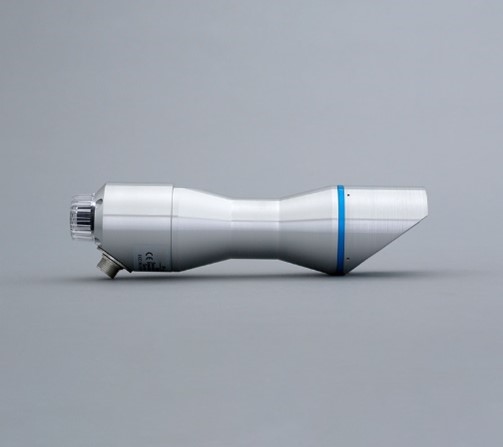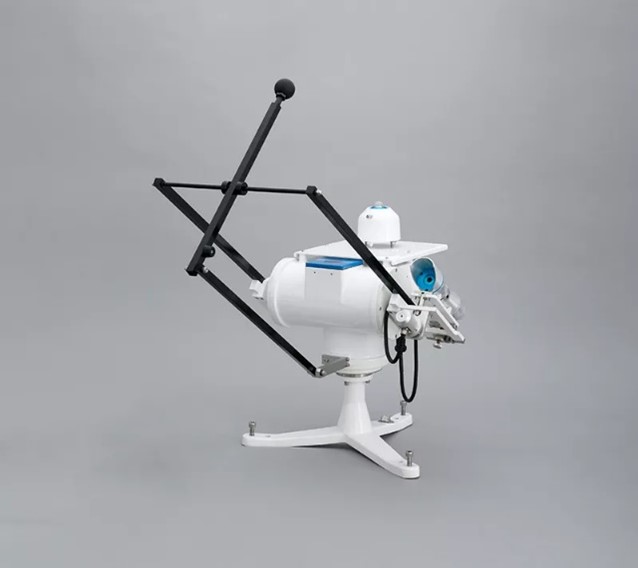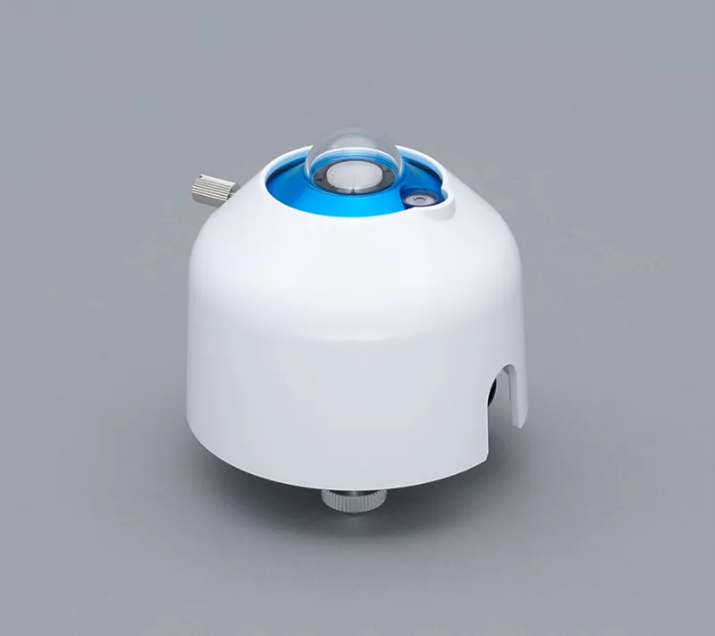
Partner: Laboratory of Atmospheric Physics, University of Patras
PI: Prof. Andreas Kazantzidis ([email protected])
Operator: Prof. Andreas Kazantzidis (Laboratory of Atmospheric Physics); Dr. Georgios Kosmopoulos (Laboratory of Atmospheric Physics); Dr. Orestis Panagopoulos-Kontostavlakis (Laboratory of Atmospheric Physics); Dr.Romanos Foskinis (LTE+LAPI/EPFL)
MS-711 DNI Spectroradiometer:
The new generation grating spectroradiometer MS-711 DNI is designed to provide the most accurate direct solar spectral data outdoors. The MS-711 DNI is a unique all-weather sensor, without any moving parts. The detector core is temperature controlled to provide accurate irradiance measurement data within the spectral range from 300nm to 1100nm (UV-Visible-NIR). MS-711 DNI is accurately calibrated with traceability to the International Standards and issued with a calibration uncertainty budget. The rugged optical design of the diffusor and input optics make the MS concept superior to any fiber optic spectroradiometer which will be susceptible to mechanical vibration and handling. The MS spectroradiometers are designed for permanent installation but are perfectly suited as a traveling reference. MS-711 DNI has a compact fixed collimating tube with Quartz window and window heater. The sensor is attached to the STR-22G sun tracker for automatic tracking. A robust aluminium mounting plate keeps the sensor in correct position. MS-711 DNI has a separate power supply unit and can be controlled through RS232 / 422 by a PC or data logger. The PC software provides different functions for operating, data management and visualization. Through the open command protocol of the defined system control functions, software can be developed by the individual user. Measuring spectral irradiance is a must to understand the effect of the non-uniform energy distribution of the sun. Since the solar spectrum varies as a function of air-mass and composition of the atmosphere, the MS-711 DNI reveals those details. While thermopile pyrheliometers and pyranometers are most suitable to quantify the total DNI or global radiation (W/m2), spectroradiometers give detail about the energy distribution (W/m2/nm), which is most important for PV or CPV cell research and performance analysis.

MS-57 Pyrheliometer:
MS-57 First Class is a direct normal incidence (DNI) solar irradiance sensor (ISO 9060 First Class Pyrheliometer, IEC 17025 / 9059 calibrated pyrheliometer )used as reference sensor for routine operation on a sun tracker. The all-weather MS-57 is responsive to solar irradiance in the wavelength range from 200 to 4000 nm and irradiance range from 0 to 4000 W/m² operating under the most extreme conditions in a temperature range (-40 – 80°C, IP67). The integrated low power anti-frost and dew window heater prevents dew deposition or frost on the outside window. The sensor demonstrates a long-term stability (less than 0.5% non-stability change of 5 years) and ultra-fast response (<0.2s) for accurate measurements.

STR-22G Sun Tracker:
The compact 2-arm STR-22G sun tracker is perfectly suited to support all kinds of Global, Diffuse and Direct Radiation measurement sensors. Featuring a fully automated set-up procedure via an onboard GPS receiver, providing increased reliability and enhanced functionality, the compact Sun-Tracker provides accurate sun tracking and pointing of the attached solar sensors from sunrise to sunset. The 2-axis tracker automatically adjusts to the sun’s position by the sun sensor closed-loop control system, even if the tracker is not oriented or levelled properly.

MS-80 Pyranometer:
The MS-80 (ISO 9060:2018 Class A leader and IEC 61724-1 compliant ) features a compact design pyranometer, with unprecedented low zero offset, analog output, and a 5-year recalibration interval. MS-80 demonstrates fast response (<0.5s) even during rapidly changing irradiance conditions and an unprecedented low zero-offset behavior (<1 W/m2).
It constitutes a compliant go-to option for scientific research and large weather monitoring sensor networks. The MS-80 features an isolated thermopile detector. Hermetically sealed under a pure Quartz diffusor and housed within a compact single-dome, the diffusor allows all solar wavelengths through while ensuring that the total energy received at the detector level, including harmful UV irradiance, is substantially lower than usual.